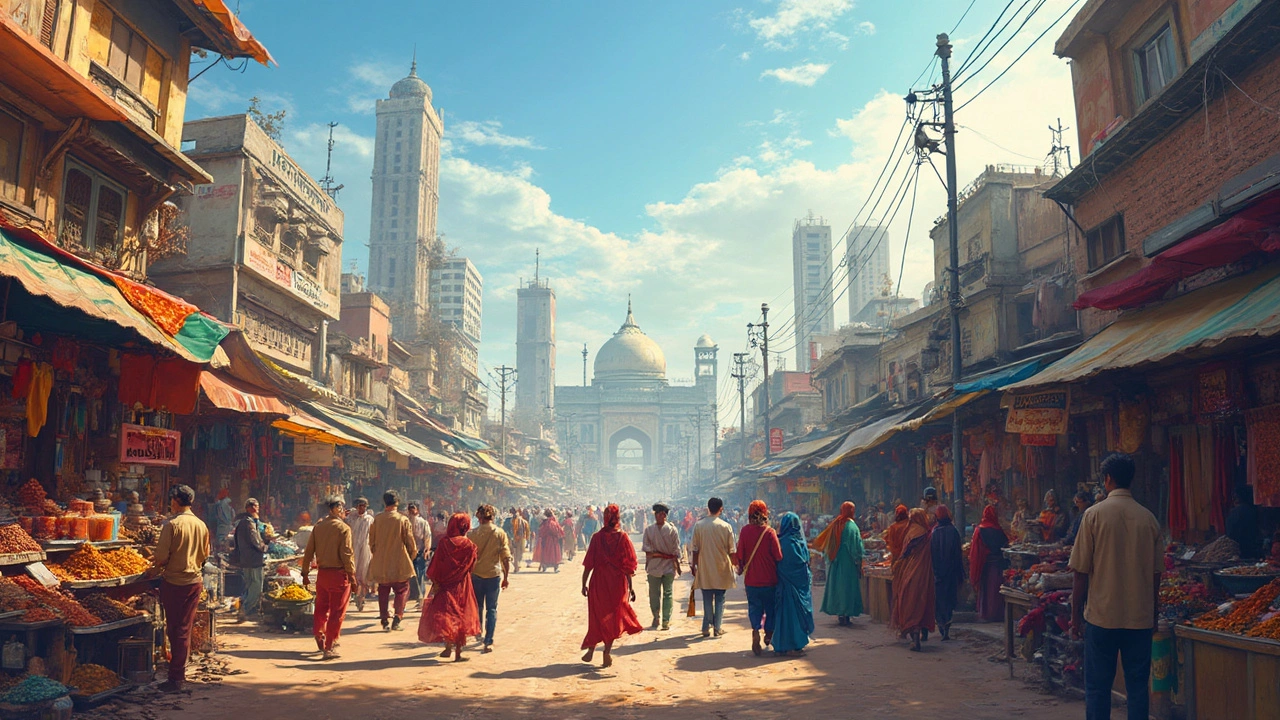SEARCH
Cultural Differences in India – What Every Traveler Should Know
India isn’t one country; it’s a collection of dozens of cultures living side by side. From the snowy roofs of Ladakh to the backwaters of Kerala, every region has its own way of greeting, eating, and dressing. If you miss these nuances, you might feel out of place or, worse, offend locals. Below are the most useful things to keep in mind before you set foot on Indian soil.
Why Cultural Differences Matter for Travelers
First, respecting local customs makes your trip smoother. In the north, a firm handshake is common, while in many south Indian homes people prefer a slight bow and a namaste. In Rajasthan, bright colors dominate festivals and clothing, whereas in the conservative areas of Gujarat modest attire is the norm. Knowing these small details helps you blend in and avoids awkward moments.
Second, food habits differ dramatically. A north‑Indian traveler might love buttery dal ma khan, but in the south you’ll encounter rice‑based meals, coconut chutney, and a lot of spice. When you’re unsure, ask locals what’s safe to eat – they’ll often guide you to dishes that are both delicious and easy on the stomach. This is especially handy if you’re reading guides like “Which South Indian State Has the Best Food?” for specific suggestions.
Simple Ways to Respect Local Customs
Start with language. A few words in the local tongue – “namaste,” “dhanyavaad,” or “vanakkam” – go a long way. Even if you mispronounce them, locals appreciate the effort. If you’re visiting a holy site, remove shoes before entering and keep your voice low. In many temples, it’s polite to cover your head, so carry a scarf just in case.
Dress appropriately for the region you’re in. In hot coastal cities like Goa, light cottons are fine, but in places with strict dress codes, such as the holy city of Varanasi, longer sleeves and trousers are safer. When you’re unsure, look at what locals wear and follow suit.
Finally, be mindful of personal space and gestures. Pointing with a single finger is considered rude in some parts; use your whole hand instead. Avoid public displays of affection in conservative areas, even if you’re just holding hands. Small adjustments like these prevent misunderstandings and let you enjoy authentic interactions.
To sum it up, India’s cultural differences are a treasure trove for curious travelers. By learning the basics of language, dress, food, and etiquette, you’ll turn potential pitfalls into memorable moments. The country’s richness shines brightest when you move through it with respect and openness. So pack your curiosity, keep an eye on local customs, and let India surprise you at every turn.

Exploring the Differences: North India vs. South India
North India and South India, though part of the same country, offer distinctly different experiences for travelers. From climate and landscape to food and cultural traditions, both regions have their unique charm. Discover how the historical influences have shaped these differences and find practical travel tips for navigating each region. This article will provide insights to help you plan your journey, whether you're seeking bustling cities or serene landscapes.
Continue reading